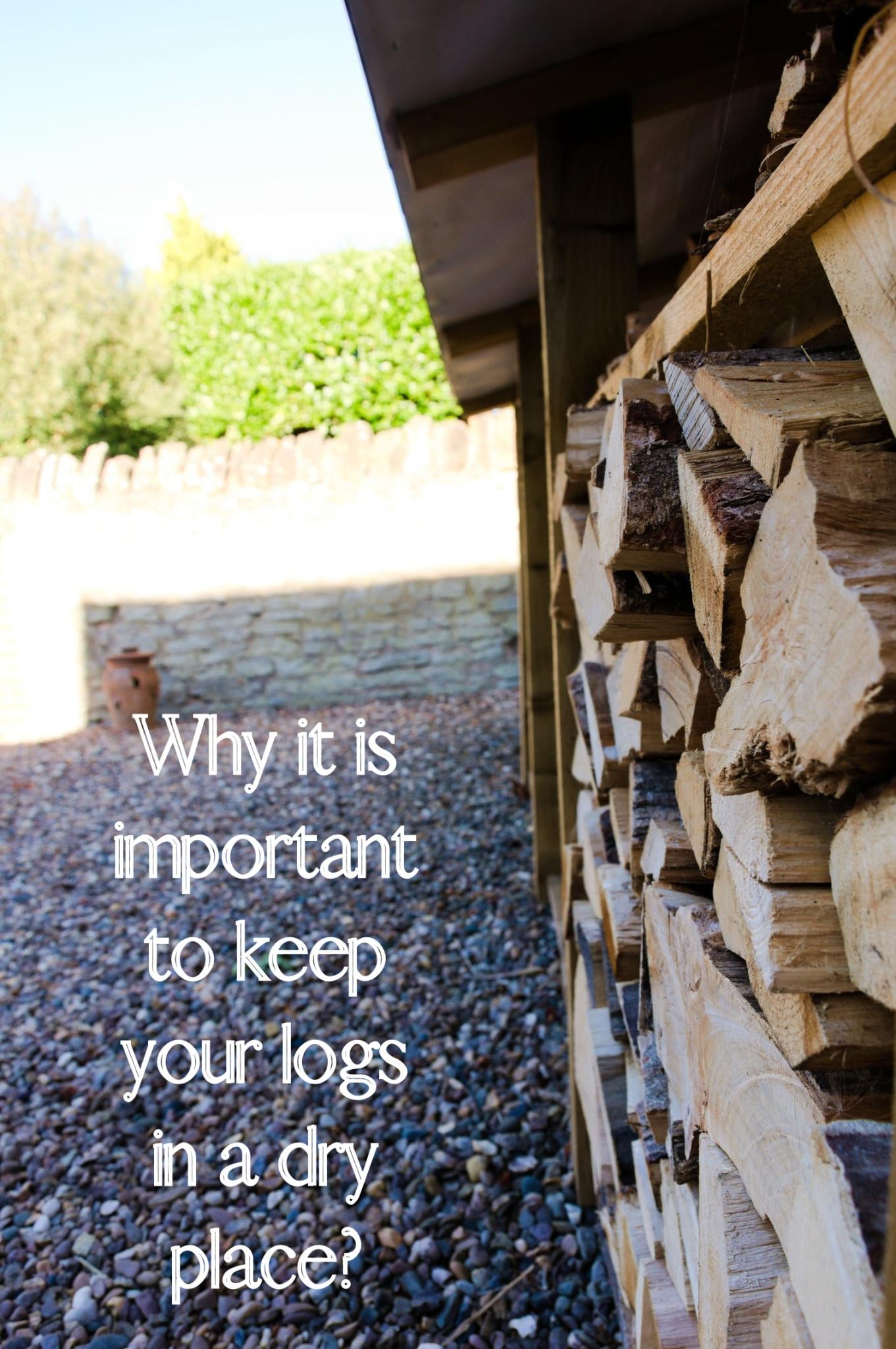Log Stores: Everything You Need to Know
On a mild summer evening, there’s nothing better than hanging out with some good company around a firepit. Similarly on a chilly winter’s night, crowded around your indoor log burner with a hot drink is about as pleasant as life gets. But in order to enjoy the warming glow of the natural wood-borne fire, you need a steady supply of logs – and that means owning a solid log store.
But where can you find the best log stores? Where should the logs be kept? What is the best wood for burning? 'Here are Arbor Garden Solutions, we get questions like these every day, so let’s take a closer look at log stores – starting with where to keep them.
Outdoor Log Storage vs Indoor Log Storage
You've just set up your new firepit or had your chimney swept in preparation for winter, but where can you store your logs? The obvious answer is to keep them outside the fire pit or next to your log burner, but the obvious answer isn’t always the right one.
In the past, people would simply stack split logs in piles outside and take them whenever they needed. While this may have been suitable in the summer, condensation and frost during the winter make the wood susceptible to rot and mould. Keeping your logs in an outdoor log store is a much better option, as it keeps them sheltered from the elements while also allowing them to season (more on that later).
Storing logs inside may seem like a smart way to avoid contact with wind, rain and other harsh elements, but storing firewood inside can, unfortunately, open your home up to bugs. Insects love wood, and if you keep logs inside, you’re inviting a horde of creepy crawlies inside with you. Now if the wood is seasoned and dried, you’re not going to have as much of a problem, but if you’ve chopped it yourself (or it’s relatively fresh), it may well be riddled with bugs. In our opinion, it’s better to avoid the risk and keep your logs in a secure store outside.
Best Wood for Burning
We’ve reached fire time, but which wood is king when it comes to burning? There are a few directions you can go in here. Softwoods like pine and spruce burn much quicker and easier than hardwoods, but the blaze will need to be replenished more regularly. Hardwoods like ash and oak are known to burn better for longer, but hardwood also needs to be seasoned for much longer.
The most important thing to consider when choosing your wood is to make sure it is properly seasoned and dried before use. So, how to go about it?
How to Season Wood
Seasoned wood is essentially wood that has been allowed to dry out over time, making it more suitable for use in fires. Fresh wood has a lot of moisture in it, and attempting to use fresh logs for a burner or pit can result in a smoky mess. An outdoor log store is a perfect way to season wood, as it allows air to penetrate the logs and draw moisture out over time, while also sheltering the logs from rain and snow.
Hardwood takes much longer to season, with some species of timber taking up to three years to complete the process. Softwood, however, generally seasons within the space of a few months. Always remember to cut your wood down (to around 25mm in thickness) to speed up the process. Once they’ve started to dry and show cracks in the sides, your logs are seasoned and ready for use!
The Best Log Stores
Now you know why you need a robust outdoor log store and how they can season your logs, you’re probably wondering which model is best for you. At Arbor Garden Solutions, we have an extensive range of excellent log stores, each with its own unique benefits.
Our wide collection includes single, double and triple log stores, and you can also choose between slatted and solid sides as well as standard and reversed roofs. Let’s break down what each design offers, so you can learn exactly which one is right for you.
If you need a good place to store and season plenty of logs, we recommend that you go for a store with slatted sides – meaning one with slightly wider side planks for improved aeration. A log store with a shelf might be a good choice as well, as it allows for piles to be separated (or for you to use the other shelf for shoes or tools).
If you plan on buying pre-seasoned or kiln-dried logs, then a log store with solid sides and doors is what you need. The stores in our deluxe range are built this way, with Bitumen shingles and lockable doors for extra protection from rain, wind, and animals. There’s also lower rear panels so the logs can still get some ventilation.
When it comes to standard and reversed roofs, it’s really a matter of preference. All our roofs have a 50mm overhang to allow for rain to run off, but if you live in very wet conditions, a standard roof might leave your logs and hands feeling a bit soggy!
Check out our full range of garden storage and log stores at Arbor Garden Solutions today, and start keeping your logs safe and sound!



